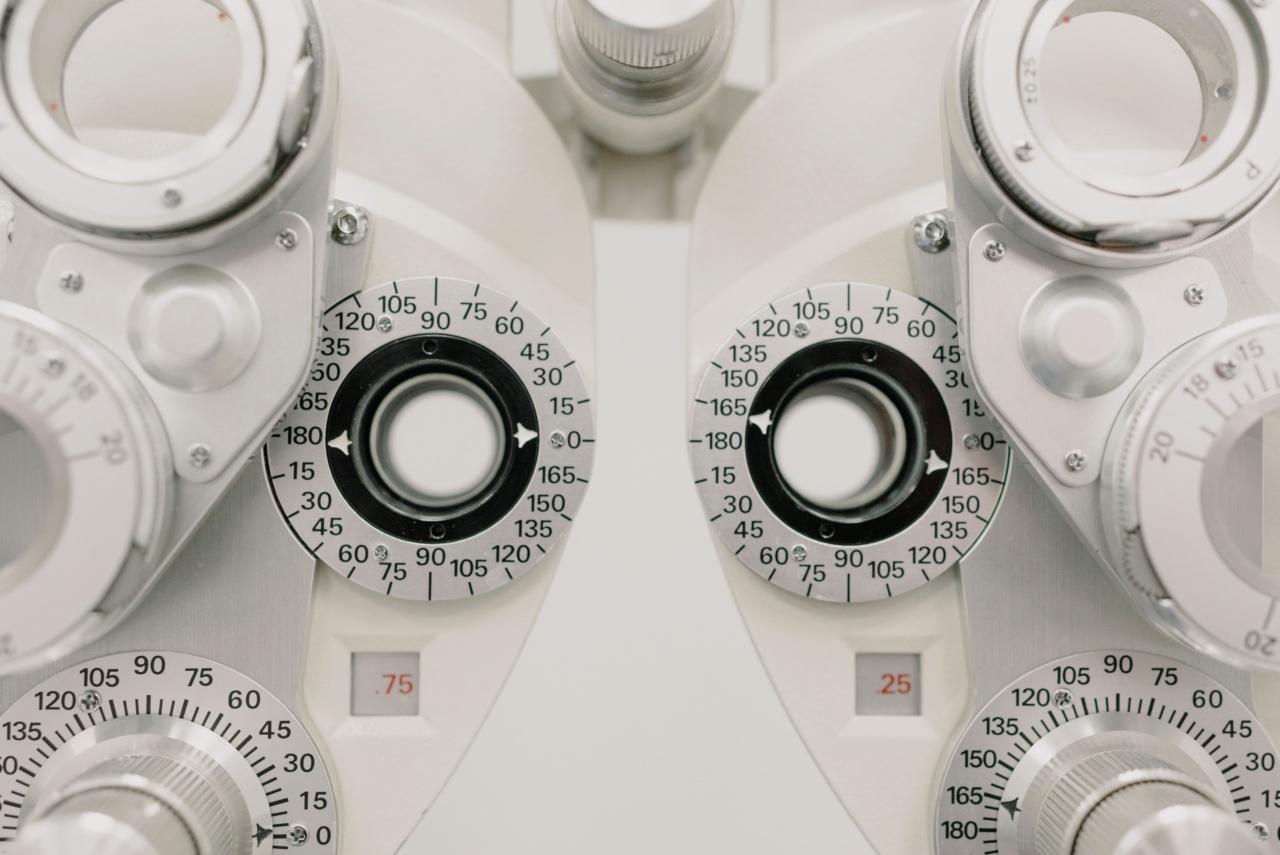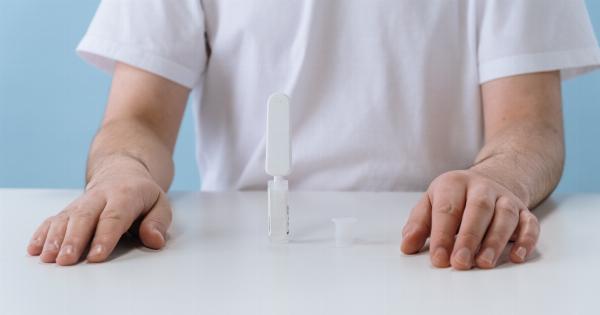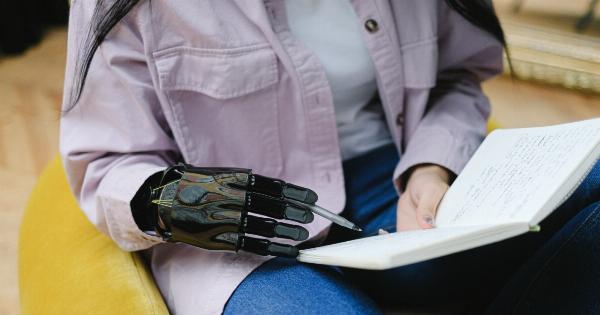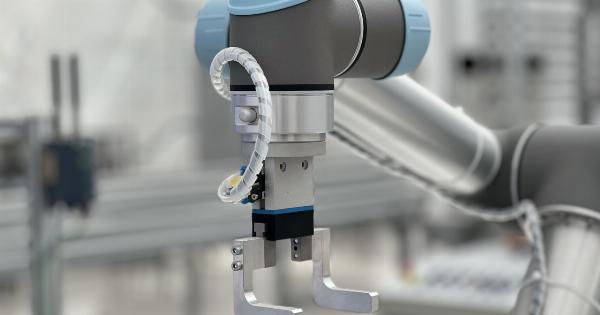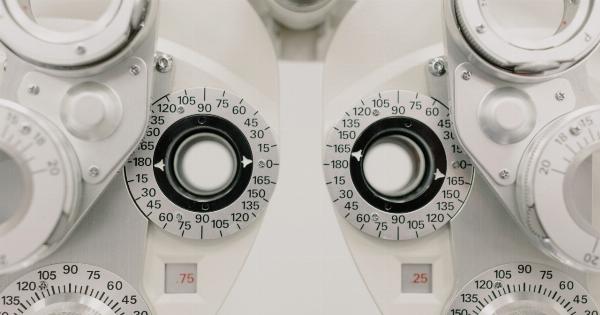The COVID-19 pandemic has induced a massive shift in the way we go about our daily lives. From the way we shop to the way we work, nearly every aspect of our world has been disrupted because of the virus.
This includes educational institutions, where over 1 billion students have been impacted by school closures, according to data from the United Nations. As schools reopen and cautiously return to in-person learning, it becomes increasingly important to have a reliable method for detecting asymptomatic cases of COVID-19 in students. Here, we discuss a self-testing method that has a 99% accuracy rate.
What is asymptomatic detection and why is it important?
Asymptomatic detection involves identifying individuals who are infected with a virus but do not exhibit any symptoms. This is particularly relevant in the case of COVID-19, as studies suggest that up to 40% of cases may be asymptomatic.
Asymptomatic individuals can unknowingly spread the virus to others, making it difficult to control its spread. Identifying asymptomatic cases of COVID-19 is crucial for preventing outbreaks in schools and other communal settings.
Self-testing method for detecting asymptomatic cases of COVID-19 in students
A self-testing method for detecting asymptomatic cases of COVID-19 in students involves the use of rapid antigen tests.
Compared to PCR tests, which are considered the gold standard for detecting COVID-19, antigen tests are less sensitive and more likely to produce false negative results. However, antigen tests are cheaper, faster, and more widely available than PCR tests, making them a more feasible option for mass screening.
For self-testing, students can be provided with kits containing a rapid antigen test, a swab, and instructions for use. The test is simple and non-invasive – the student swabs the inside of their nose and then inserts the swab into the test.
Results are typically available within 15-30 minutes.
Accuracy of self-testing method
A study published in the International Journal of Infectious Diseases found that rapid antigen tests had a median sensitivity of 80.4% (ranging from 6.3% to 97.6%) and a median specificity of 99.3% (ranging from 85.4% to 100%).
Another study published in the Journal of Clinical Microbiology found that rapid antigen tests had a sensitivity of 96.5% and a specificity of 99.8% when used within 5 days of symptom onset. Based on these findings, it can be concluded that rapid antigen tests have a high specificity and moderate sensitivity for detecting COVID-19. This makes them a reliable option for use in mass screening.
Advantages of self-testing method
Self-testing using rapid antigen tests has several advantages over other forms of COVID-19 testing:.
- Cost-effective: Rapid antigen tests are cheaper than PCR tests, making them a more feasible option for mass screening.
- Quick results: Rapid antigen tests provide results within 15-30 minutes, allowing for immediate action to be taken if a positive case is detected.
- Non-invasive: The self-testing method is simple and non-invasive, making it more comfortable for students to perform.
Challenges of self-testing method
Self-testing using rapid antigen tests also has some challenges that need to be addressed:.
- Potential for false negatives: Rapid antigen tests have a moderate sensitivity and are more likely to produce false negative results than PCR tests.
- Limited availability: Despite being cheaper and more widely available than PCR tests, rapid antigen tests may still be difficult to acquire in large quantities.
- Need for education: Students need to be educated on how to properly perform the test in order to ensure accurate results.
Conclusion
In conclusion, a self-testing method using rapid antigen tests has a high specificity and moderate sensitivity for detecting asymptomatic cases of COVID-19 in students.
This method is cost-effective, quick, and non-invasive, making it a reliable option for mass screening. However, there are also some challenges that need to be addressed, particularly the potential for false negatives and limited availability of tests.
Nevertheless, self-testing using rapid antigen tests can help identify asymptomatic cases of COVID-19 in students and prevent outbreaks in schools and other communal settings.
